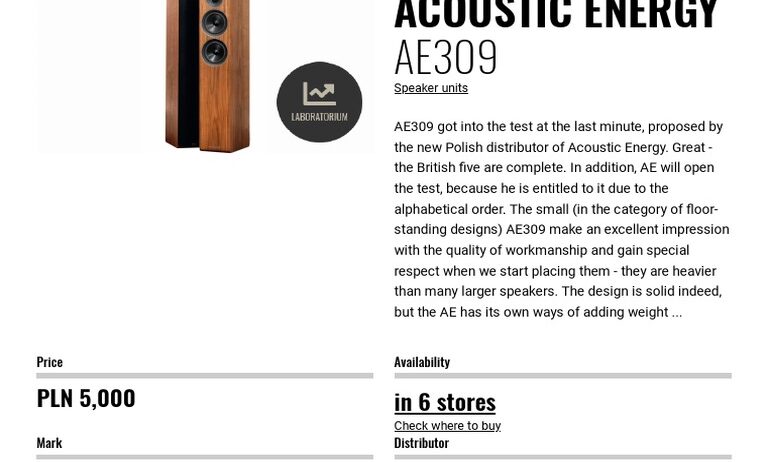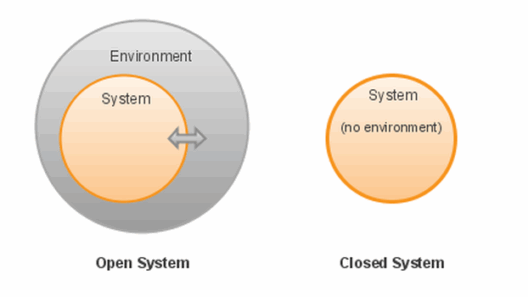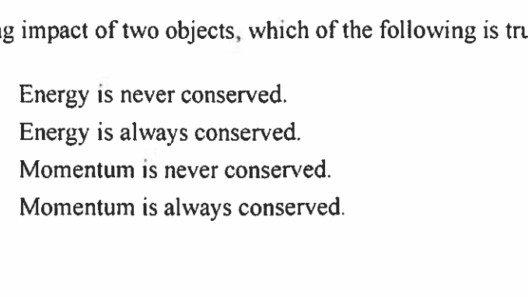Sound energy is an often overlooked form of energy that permeates our daily lives. From the buzz of conversation to the hum of machinery, sound is an omnipresent force. However, while energy conservation efforts typically focus on electricity, heat, and water, the concept of conserving sound energy deserves attention. This discourse delves into acoustic tips for fostering energy efficiency, enhancing our surroundings while maintaining comfort and functionality.
To understand the conservation of sound energy, it is essential to recognize its nature. Sound is generated by the vibration of molecules in a medium, such as air. Applications of sound are ubiquitous—from communication to sound therapy, yet excessive or uncontrolled sound can lead to inefficiencies and wasted energy. When sound is poorly managed, it can manifest as noise pollution, triggering a host of negative effects on health and well-being.
A fundamental step towards conserving sound energy involves analyzing the acoustic environment of a space. The design and materials used in architecture can dramatically influence how sound waves interact. For instance, hard surfaces such as tiled floors and concrete walls reflect sound, often causing echo and reverberation. Conversely, softer materials like carpeting, drapes, and upholstered furniture absorb sound, diminishing reverberation and creating a more serene atmosphere. Implementing these materials intelligently can lead to a significant reduction in the demand for sound amplification systems or constant sound management.
Another effective strategy is the strategic positioning of furniture and decor. Softer items should be placed strategically to disrupt sound waves, while solid and angular placements can direct unwanted echoes towards absorptive materials. Bookshelves filled with books, for instance, can serve dual purposes: as storage and as sound dampeners. This simple adjustment can eliminate excessive sound reflections, making a space more acoustically efficient without sacrificing style.
In addition, acoustic treatment should be integrated into the design of shared and communal spaces. Many modern offices and public places are susceptible to background noise, which often leads to stress and decreased productivity. Incorporating acoustic panels or baffles into the design can minimize intrusive sounds. These structures can be suspended from ceilings or mounted on walls to enhance sound absorption effectively. By creating quieter environments, conservational efforts are enhanced as distractions are minimized, allowing for focused tasks.
Natural elements can also play an instrumental role in sound conservation. Indoor plants not only improve air quality but can also absorb sound. The broader leaves of certain plants help scatter sound waves, thus reducing their intensity. Incorporating a vertical garden or simply placing potted plants throughout a room can help diminish sound reflections without impacting overall aesthetics. This biophilic approach embraces the idea that nature can significantly enhance our everyday environments.
It is important to recognize that personal behaviour is also pivotal in conserving sound energy. Small adjustments to our daily habits can yield profound results. For instance, lowering the volume on televisions, radios, or personal devices can effectively reduce noise pollution. Not only does this conserve energy through decreased sound output, but it also enhances one’s auditory environment, leading to a more peaceful living space.
The concept of sound insulation should not be overlooked. Many homes and buildings are not adequately insulated against sound transfer, leading to loss of sound energy and heightened noise pollution. Enhancing insulation entails using high-density materials within walls and ceilings, effectively acting as barriers to sound waves. Soundproofing foams and mass-loaded vinyl can diminish airborne sound transmission while maintaining energy efficiency. This insulation not only preserves sound energy but can also enhance thermal efficiency, contributing to overall sustainability.
Unlike standard energy conservation measures, the approaches toward sound energy require a more nuanced understanding of human psychology and sensory perception. The act of listening involves a complex interplay of factors, including focus and attention. Sound designers and acoustic engineers emphasize the psychological impacts of sound, urging creatives and architects to consider how sound shapes our experiences. This understanding reinforces the importance of designing spaces that promote harmony and serenity, ultimately conserving sound energy in a manner that prioritizes human well-being.
Beyond the realm of personal spaces, public awareness and education on sound energy conservation are paramount. Communities should be educated about the significance of noise regulations and their impact on health and the environment. Initiatives can be established to promote quieter technologies and practices within industries, from construction to event planning. Local governments can incentivize the use of soundproof materials in building codes, creating a culture of awareness that fosters sound efficiency across the board.
Lastly, the use of technology should be considered as a means of conserving sound energy. Sound monitoring systems can assist in measuring sound levels and identifying areas of excess noise. By utilizing mobile apps and devices to analyze sound patterns, individuals can make informed decisions about sound management within environments. Moreover, advancements in smart home systems allow for increased control over sound-related devices, amplifying efficiency and comfort.
Ultimately, the conservation of sound energy is a multifaceted issue that intersects with environmental consciousness, architectural design, and personal behavior. Through strategic interventions—such as utilizing sound-absorbent materials, enhancing insulation, and cultivating awareness—we can create more harmonious spaces that promote a vital quality of life. In our pursuit of sustainability, remembering sound energy is fundamental. By embracing these acoustic tips, we embark on a path toward a quieter, more energy-efficient future.








